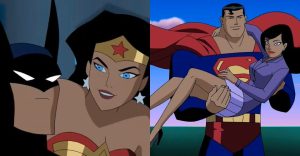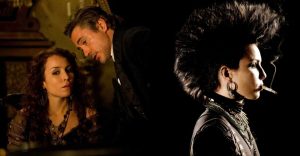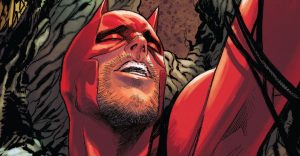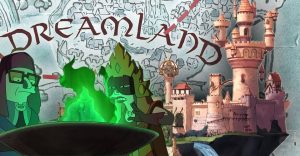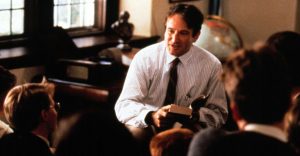Vikings: Valhalla – What Jarl Means (Is It A King?)
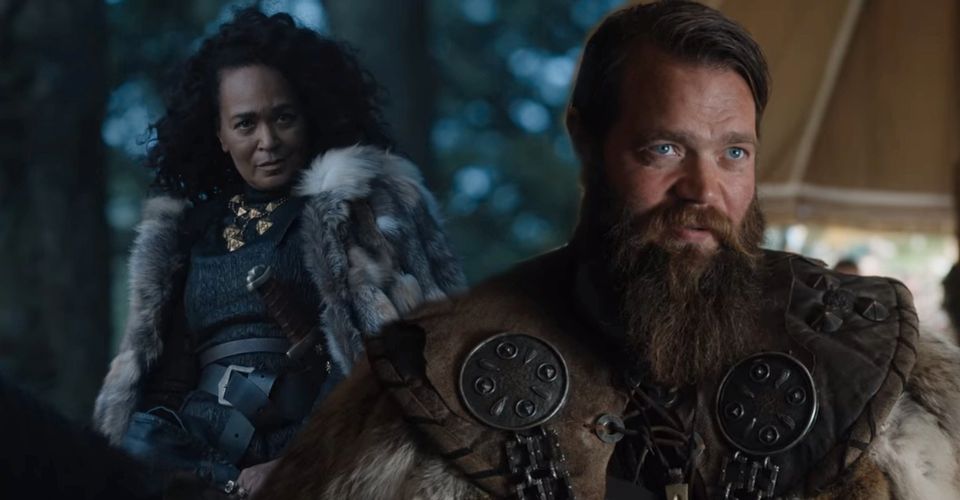
Warning: this article contains SPOILERS for Vikings: Valhalla.
A few characters in Vikings: Valhalla are referred to by the title “jarl,” but what does this mean? Set 100 years after the events of Vikings, Vikings: Valhalla explores a completely new set of characters. Vikings: Valhalla season 1 primarily revolves around the tensions between the Vikings and the English after the St. Brice’s Day massacre, in which King Aethelred the Unready (Bosco Hogan) has all Danes living in England murdered. One year after the massacre, Viking armies from all over Scandinavia convene in the Danish settlement Kattegat to exact revenge on the English.
The leader of this movement is Denmark’s King Canute (Bradley Freegard), with the support of Jarl Estrid Haakon (Caroline Henderson) and Harald Sigurdsson (Leo Suter), the prince of Norway. Jarl Olaf Haraldsson (Jóhannes Haukur Jóhannesson), Harald’s half-brother, also joins the rebellion, with the initial intention of using the gathering of Vikings as an opportunity for a mass conversion to Christianity. Viking: Valhalla’s Christianity vs. Norse pagan religion tensions add an element to the general conflict with the English, pointing to the strained unity between Viking tribes that must be overcome for an effective rebellion.
There’s clearly a title hierarchy in Viking culture, with kings receiving more respect and power than jarls. “Jarl” is a Scandinavian title that has its roots in the Iron Age. For centuries, it was the highest rank below king until the introduction of the duke title in 13th century Norway. In the later medieval period, there was generally only one jarl in each Scandinavian country at a time, but at the time of Vikings: Valhalla, the title of jarl generally belonged to the ruler of one of the so-called petty kingdoms of Norway that would later make up the modern-day country. Jarls were not kings, but they were next in line in order of Norwegian hierarchy and could become de facto kings if the king was unable to rule, be it from illness, injury, or age. Likewise, should the king be killed without an heir, medieval jarls would have had a legitimate bid for the throne–if they consolidated power. This is why Jarl Olaf Haraldsson is so eager to depose Jarl Estrid Haakon and gain the rule of Kattegat; as the most powerful jarl in the show’s version of Norway at the time, she is Olaf’s main obstacle in his bid to become king of Norway. The jarl title has its counterpart in modern English language and peerage alike. The English title “earl” derives from the Old English “eorl,” which itself is derived from the Scandinavian “jarl.” Today’s modern British equivalent of a jarl, though it doesn’t directly translate, would be a duke.

As the show is wont to do, Vikings: Valhalla changes real-life events for the sake of narrative flow, sometimes affecting historical accuracy in the process. The Jarl Haakon of the show doesn’t have an exact historical counterpart but is instead inspired by a number of figures from history. One of those is Eiríkr Hákonarson, who was the grand earl of Norway from 1000 to 1012, after which his son, Haakon Ericsson, took over. In reality, Olaf Haraldsson was away from Norway during this time. After his travels through Denmark, England, and other Baltic regions, however, Haraldsson returned to Norway in 1015 and declared himself king with the intention of uniting the country as one kingdom. Vikings: Valhalla likely gives Olaf the jarl title to establish that he’s next in line to become king, while at the same time acknowledging that he was never officially Norway’s prince.
Looking at the years when Vikings: Valhalla takes place, the show does use real historical characters that would have existed during that time period, save for Harald Sigurdsson (later Hardrada), who existed a bit later. In this regard, Valhalla is following in the footsteps of Vikings, who also fudged the exact details of such historical figures as Bjorn Ironside and Ragnar Lothbrok. Despite the creative liberties Vikings: Valhalla takes, it still effectively respects and portrays Norse culture, and uses the jarls as a way to help outline the many Viking kingdoms. In doing so, it gives clarity to the show’s themes of unification and loyalty.
About The Author











